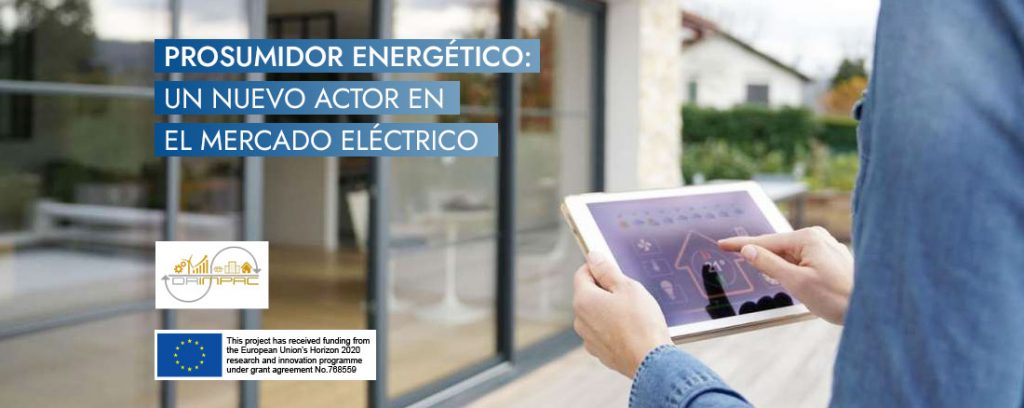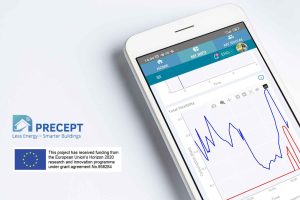The way we consume and produce energy is changing, and with it, the players involved in the organization of the electricity market. The energy prosumer is a new figure that will occupy a key position in the European energy scheme, but it depends on the availability of the necessary technology to make this transformation accessible to them. Projects such as DRIMPAC are working to bring this technology closer and make the prosumer's access to the electricity grid more flexible.
The energy prosumer: key player in the new energy model
The energy prosumer is an acronym for the words "producer" and "consumer". It has the capacity to take advantage of its energy self-consumption or flexibility in its demand to consume energy independently from the grid, share it, store it or feed it into the system. All this is closely linked to new energy management and self-consumption technologies, which are emerging in the heat of regulatory changes in the most industrialized countries.
Data from recent years reflect this change. For example, last year in Spain, 596MW of PV self-consumption capacity was installed. photovoltaic self-consumptionand the previous year just over 400MW, having multiplied by more than 10 times the installed power since 2016. In addition, the prices of photovoltaic panels have fallen more than 81% in the last ten years, exponentially increasing the distributors and suppliers of this type of technology.
It is clear that the fall in the prices of self-consumption technology, together with regulatory changes and greater environmental awareness on the part of the population, have made this change possible.
Prosumer communities as the backbone of system decentralization
[vc_row][vc_column width=’1/2′]Since 2013, when self-consumption data began to be collected in Spain, energy communities have grown exponentially throughout the country, especially in the last three years. At the beginning they only emerged with the purpose of supplying light in locations far from the distribution network, and functioned as "energy islands" without connection to the grid. Subsequently, self-consumption connected to the grid, although possible, suffered bureaucratic hurdles that hindered its expansion until the entry into force of the RD 244/2019. Today there are residential and industrial communities that share and manage the energy they produce, generating stable microgrids for energy production, distribution and self-consumption.
Microgrids applied to the urban environment or distributed generation are real adaptive challenges for the traditional electricity system, which currently faces several efficiency problems; flexibility problems due to a structure of large generation and consumption points, energy losses during the distribution and transmission process, occasional overloads in the system, generation and demand balancing needs, among others.
[/vc_column][vc_column width=’1/2′]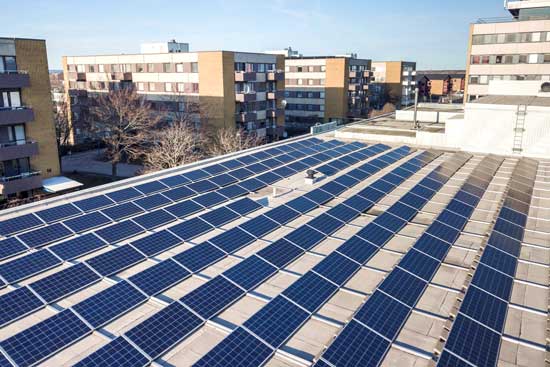 [/vc_column][/vc_row]It is the need for a more distributed, stable and decentralized grid that highlights the value of the existence of energy communities as the axis of change.
[/vc_column][/vc_row]It is the need for a more distributed, stable and decentralized grid that highlights the value of the existence of energy communities as the axis of change.
Prosumer, microgrids and distributed generation as a solution to the traditional model
Energy microgrids and distributed generation, both made up of prosumers, are two of the feasible solutions for structuring the new energy business model. [vc_row][vc_column width=’1/2′]
 [/vc_column][vc_column width=’1/2′]
[/vc_column][vc_column width=’1/2′]
- A microgrid is a system formed by a group of loads and microgenerators that operate as a single system, capable of managing energy in one or more geographical areas.
- Distributed generation is a fundamental part of Smart Cities. It consists of energy generation by means of many small prosumers that consume this electricity in close proximity and require the cooperation of its members in order to be managed.
Together, they reduce system inefficiencies, such as energy transmission losses, improving the reliability and quality of the electricity system, and due to the use of renewable energy sources, they are environmentally sustainable. In addition, they allow the creation of new business models based on the purchase and sale of surplus energy and related ancillary services.
[/vc_column][/vc_row]
Currently, the European Union, through the financing of projects included in the Horizon 2020 Program Horizon 2020 Programprogram, is creating a set of solutions to facilitate consumers' access to the tools needed to become energy generators, and to take advantage of their interaction with the electricity grid.
DRIMPAC: the project that helps link the power grid to the prosumer
The DRIMPAC project project is the result of the European Union's Horizon 2020 program, and has a threefold purpose:
- Provide a technological framework that facilitates communication between the power grid and users.
- Achieve greater flexibility in the demand for energy from the power grid.
- To achieve more competitive energy prices for the consumer.
The main task of this project is to develop a comprehensive solution for "Demand Response" (Active Demand Management), which can be used by small consumers, allowing them to actively participate in the electricity market.
DRIMPAC started in September 2018 and had its end date in August 2021, which has been extended to August 2022 due to the pandemic. The project is finalizing the installation phase in the pilot projects (in which MIWenergía participates as responsible for the Spanish pilot), and in the coming months we will witness the launch of the DRIMPAC application.
Thanks to DRIMPAC, a set of solutions is made available to the user to facilitate the step to become prosumers, or to improve prices in the energy market for energy communities.
DRIMPAC Advances
[vc_row][vc_column width=’2/3′]During the seventh general meeting of the project held on March 30, 2021 held virtually, the current status of the implementation in the pilots and the progress in the development of the applications and solutions proposed in the project have been shown.
One of the applications developed allows those responsible for the pilot project to monitor the behavior of users and manage the result of the signals, in order to achieve flexibility in the energy market.
In addition, we showed the work done by another application that can be used to track the status of the installed devices. Finally, we saw the first images of the app for mobile and tablet that will be available to the participants of the pilot.
[/vc_column][vc_column width=’1/3′]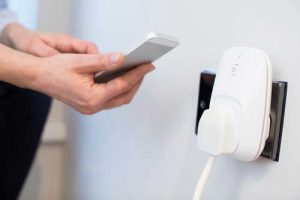 [/vc_column][/vc_row]With this application, the DRIMPAC user will be able to consult his consumption, control the installed devices, receive messages of actions to obtain flexibility, and where the most expensive and cheapest prices will be indicated.
[/vc_column][/vc_row]With this application, the DRIMPAC user will be able to consult his consumption, control the installed devices, receive messages of actions to obtain flexibility, and where the most expensive and cheapest prices will be indicated.
This will facilitate the decentralization of the system and encourage the creation of stable micro-grids, capable of managing themselves efficiently.
You may be interested in:
[vc_row][vc_column width=’1/3′]PHOTOVOLTAIC[/vc_column][vc_column width='1/3′]DRIMPAC[/vc_column]ENERGY AUDIT[vc_column width='1/3′][/vc_column][/vc_row]

